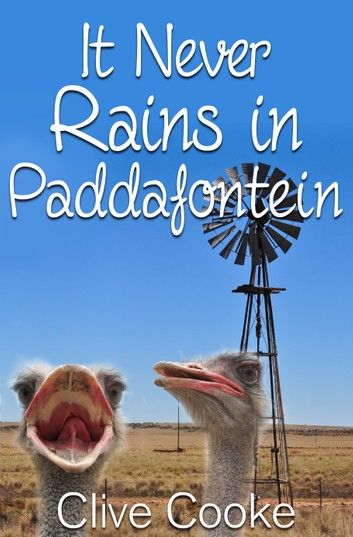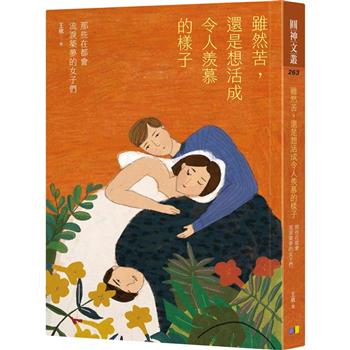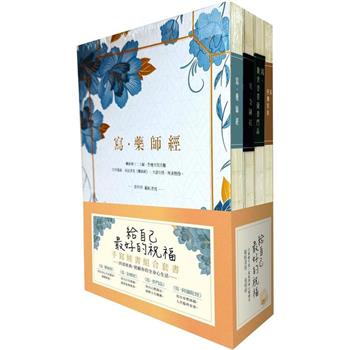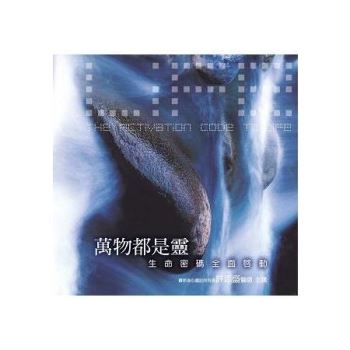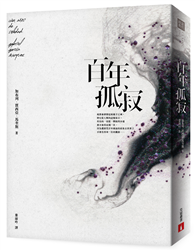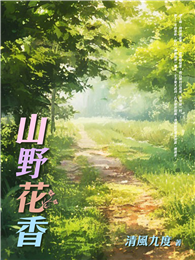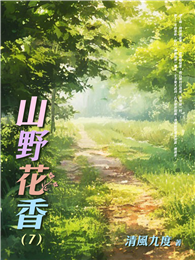The setting of these stories is Paddafontein (Frog Fountain in English, pronounced ‘pudda fonteyn’) a remote village in the semi-desert Karoo district of Southern Africa. The inhabitants could be described as old-fashioned, quaint and conservative and at times more than a little strange. They pride themselves in being hospitable while at the same time they are highly suspicious of outsiders. The sketches all have a strong ethnic flavour.
In the first story, The Trouble with Rina, we meet a woman, Katerina, or Rina for short, who is possibly too modern for the conservative village. She is employed as a barmaid in the only tavern. Rina is not only good-looking, but wears the sort of clothing that attracts attention. As a result, the tavern becomes enormously popular with the men of the district. Understandably, this provokes a hostile reaction from the womenfolk who mount a campaign against the bar.
The second story, Carpentry for Beginners, introduces the village policeman (Piet) and his wife (Betty). Piet is the archetypal “stupid cop”. He has never solved a case in his life. Either the crime resolves itself, or Betty finds the solution. But, being a lovely person, and far more intelligent than her husband, Betty always gives him the credit for solving the crime.
In the third story, The Man Who Thought He was a Tree, the narrator sits on a bench at the Paddafontein spring minding his own business when he is joined by a stranger. The stranger believes he is a tree. Clearly, the man is insane. Or, is he the only mad person in the village?
Paddafontein has its annual horse races on New Year’s Day. This year, the event is unlikely to be forgotten what with illegal betting, crooked judges, attempts to shoot the favourite and the escape of farmer van Zyl’s terrifying bull.
The three stories entitled “Love in a Hot Climate” are humorous sketches about love as a commercial proposition.
In Master in his Own Home, policeman Piet is up against his wife’s favourite: Marmalade the cat. Did you know that a person could be jealous of a cat?
The Honey Pot is about the disadvantages of wealth. Where the honey is, there will the bees be found.
The Points System is a sharp satire about doing good deeds for the wrong reason.
An Honourable Profession is an allegory. The main character hates beggars. Beggars are dirty, they smell, they are lazy, they steal…. But, what happens if you are made redundant and cannot find work? Would you be prepared to beg?
We Don’t Eat Frogs in Paddafontein. The village is named Frog Fountain after the spring in the centre of the village. Three different types of frogs are found in the spring, some growing to enormous sizes. It seems a sensible idea to capitalize on the village’s only asset. The owner of the only tavern in the village sees a business opportunity for himself and persuades the village to hold a Frog Festival.
Japie’s baboon is a metaphor for prejudice. Japie’s neighbours will stop at nothing to prevent him from owning a pet baboon.
Ultra-High Frequency is a story which has its origins in a concert the writer attended where a bat was seen flying around the concert hall. Did the animal find the sounds of the scratchy violins painful, or did the high-frequency notes interfere with its radar system, or was it enjoying the music?
In the story, A Fitting Monument, the local minister buys a wonderful new organ for the church which he sees as a monument to his years of service to the community. It turns out to be a monument indeed, but not quite as he intended.
In the second last story, Paddafontein gets its very own prophet.
It Never Rains in Paddafontein is the final story. The Karoo is semi-desert. However, freak storms have occurred in the past, some of which have been quite devastating. When Paddafontein decides to hold an arts festival, nature unleashes one of its rare storms on the village.
